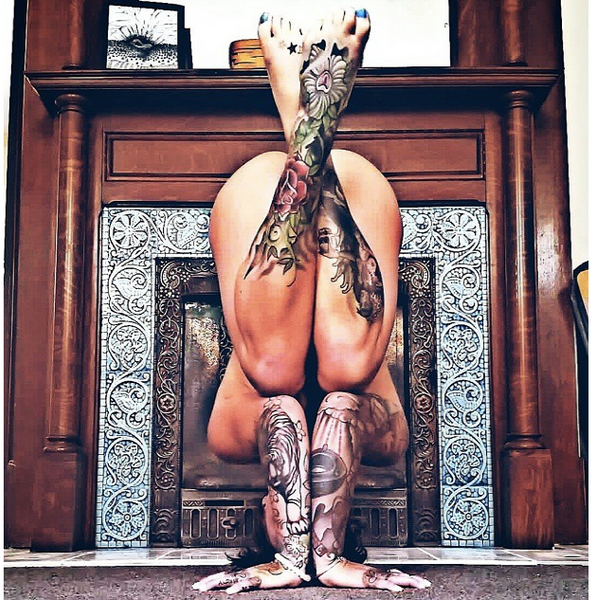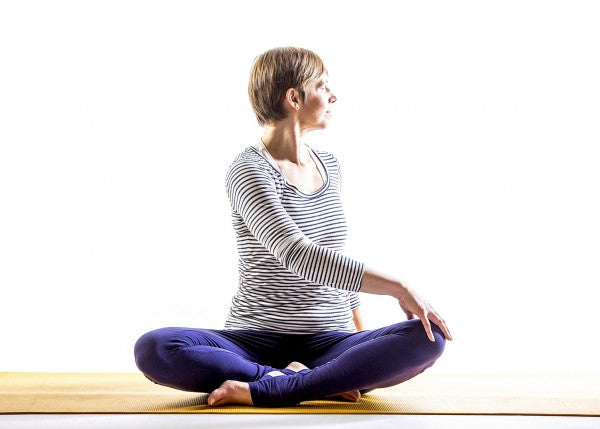Yoga for Beginners - Modifications to Sun Salutation A (Surya Namaskar)
Do you feel intimidated when your yoga class breaks out into Surya Namaskar (Sun Salutations) and find it hard to keep up or do the poses? We hear you! They may look easy, but they're not. Lots of Yoga gives some easy modifications to Sun Salutation A for you to incorporate in your lesson and give yourself a break.
Surya Namaskar - Sun Salutations
Going into a yoga class where everyone seems to know exactly what to do can seem daunting. Something that is usually standard in a yoga class are the Surya Namaskara, or Sun Salutations. Sun Salutations are more often than not practiced at the beginning of a lesson, and can be done as a warm-up.
However easy some super yogis make them seem, Sun Salutations can be tricky for beginners. If you sometimes feel that you can't keep up with them in your yoga class, you are not alone. Give yourself a break and see below our breakdown of Sun Salutation version A with some easy modifications.
The typical Surya Namaskar (Sun Salutation) A sequence is depicted below.

(Surya Namaskar A)
And here is the wonderful Kino MacGregor demonstrating how to do them.
Until we get to Kino's level (here's hoping), here are a few modifications to the sequence for you to try to build up your confidence. You will need two blocks (or dictionaries that you no longer use!) for these modifications.
1. Starting at the top of your mat with the feet together in mountain pose, bring the hands together to the chest in Namaste.
2. Keeping the hands together, inhale and raise them above the head as far as they go and gaze at the thumbs.
3. Exhale, swooping the hands down to the sides placing them on the blocks next to the feet. Keep knees slightly bent to release any tension to the hamstrings.

(Ardha Uttanasana (Standing Half Forward Bend) - Modified with blocks and bent knees)
4. Inhale and lengthen the spine and straighten the legs as much as possible.

(Ardha Uttanasana (Standing Half Forward Bend) modification using blocks)
5. Move the blocks out of the way to the side and prepare to either step or jump back. To make this transition gentler, crouch down as much as possible.

(Preparing to step or jump back to Chaturanga Dandasana (low plank))
6. Exhale back into low plank by either sending back one foot at a time, or if you feel daring, jumping back, lowering the knees gently to the floor.

(Chaturanga Dandasana (four-limbed staff/low plank pose) modification with knees to floor)
7. Inhaling, push the body up into a baby Cobra Pose (Bujangasana). Push the body up a little more each time you perform this pose (if it feels comfortable) until the body feels ready to perform a full Cobra Pose.

(Half Cobra Pose (Bhujangasana))
8. Exhale and push the body up and back, gently and slowly into Downward Dog Pose aiming to hold for five breaths.

(Adho Mukha Svanasana (Downward Dog pose))
9. If at any point there is more pressure than you are comfortable with, sit back onto your heels in a slight variation of Child's Pose (Balasana), which will enable an easier transition back into Downward Dog.

(Child's Pose (Balasana) modified for easier transition into Downward Dog)
10. Step the feet forward on an inhale, one at a time and repeat step 4. Exhale and bend the knees. Inhale bringing the hands together in Namaste and stand all the way up, bringing the hands above the head. Exhale and bring the hands to the chest.
How was that? Do you have any other modifications you would like to share with us? We would love to hear from you. Ping us on Twitter or contact us here!
Follow us for more free, high-quality yoga and mindfulness content... and subscribe to our mailing list below!
Don't forget to connect with us on social media (Facebook, Twitter, Instagram, Pinterest and Tumblr).



